Humans
Sign up for our newsletter
We summarize the week's scientific breakthroughs every Thursday.
-
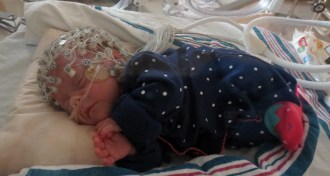 Health & Medicine
Health & MedicineTouches early in life may make a big impact on newborn babies’ brains
The type and amount of touches a newborn baby gets in the first days of life may shape later responses to touch perception, a study suggests.
-
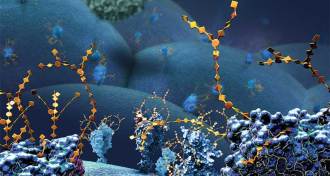 Health & Medicine
Health & MedicineCancer cells cast a sweet spell on the immune system
Tumors have surface sugars that persuade the body’s defenses to look the other way. New therapies are being devised to break the trance.
-
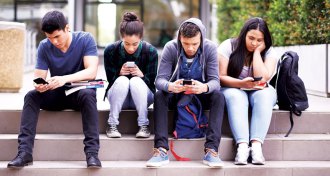 Neuroscience
NeuroscienceSmartphones may be changing the way we think
We rely on our digital devices to connect with others and for memory and navigation shortcuts. What is that doing to our brains?
-
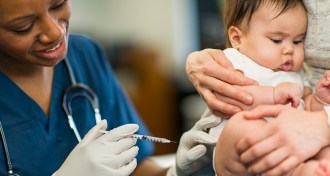 Health & Medicine
Health & MedicineSee how bacterial blood infections in young kids plummeted after vaccines
Rates of pneumococcal bacteremia in children plummeted by 95 percent after the introduction of vaccines against Streptococcus bacteria.
-
 Science & Society
Science & SocietyOnline reviews can make over-the-counter drugs look way too effective
Online patient reviews put a far more misleading spin on medications than clinical trials do.
By Bruce Bower -
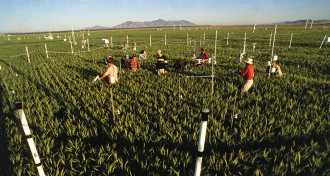 Climate
ClimateChanging climate could worsen foods’ nutrition
Climate change could aggravate hidden hunger by sapping micronutrients from soils and plants, reducing nutrition in wheat, rice and other crops.
By Susan Milius -
 Archaeology
ArchaeologyAncient dental plaque tells tales of Neandertal diet and disease
Researchers have reconstructed the diet and disease history of ancient Neandertals.
-
 Archaeology
ArchaeologyAncient dental plaque tells tales of Neandertal diet and disease
Researchers have reconstructed the diet and disease history of ancient Neandertals.
-
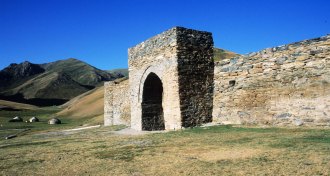 Archaeology
ArchaeologyAncient nomadic herders beat a path to the Silk Road
Herders’ mountain treks helped mold the Silk Road, an ancient, cross-continental trade network.
By Bruce Bower -
 Psychology
PsychologyNudging people to make good choices can backfire
Steering people’s decisions with simple nudges, such as e-mail reminders or opt-out programs, can come with a downside.
By Bruce Bower -
 Tech
TechVirtual reality has a motion sickness problem
Virtual reality games and experiences can make some people sick, and women are more susceptible.
By Betsy Mason -
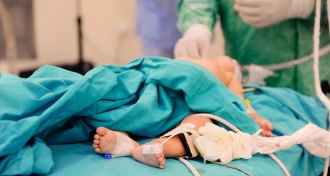 Health & Medicine
Health & MedicineAnesthesia for youngsters is a tricky calculation
Scientists, doctors and parents face uncertainty when it comes to anesthesia for babies.